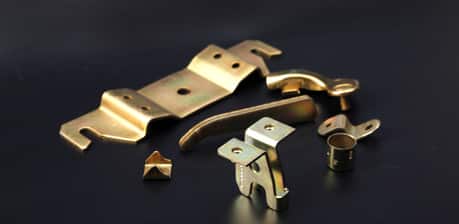Cold stamping
What is cold stamping?
Cold stamping is a manufacturing process that involves deforming a material without heating it above its recrystallization temperature. This makes it possible to create more complex parts with greater precision.
It is used to manufacture metal or alloy parts from thin sheets or strips of metal.
What is the importance of cold stamping?
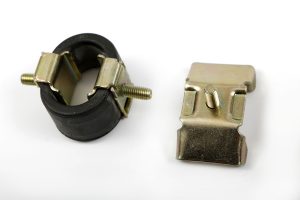
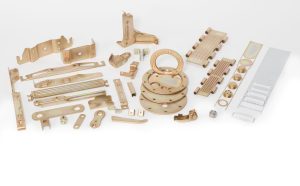
The cold stamping method uses a press to transform the metal without using heat. Its importance lies in the high precision it offers with tight tolerances. This is essential in various industrial applications, such as the automotive, aerospace, electronics, and construction sectors, among others.
In addition, it is an efficient and cost-effective procedure for mass production. Thanks to this, a large volume of parts can be produced in a short time. It should also be noted that this technique does not generate toxic waste, making it one of the most environmentally friendly manufacturing processes.
What is the cold stamping process?
Phases of cold stamping
Preparation of raw materials
The cold stamping process begins with the preparation of the raw material, which can be a sheet or strip of metal.
Stamping press
This sheet or strip of metal is then placed in a cold-forming press, which uses a combination of mechanical pressure and shear to deform the material into the desired shape.
Matrix
The material is deformed using a die with a specific shape attached to the press. The die can be simple or complex depending on the shape of the desired part.
Metal deformation
The press uses a compressive force to apply pressure to the die, which deforms the sheet or strip metal into the shape of the die.
Removing the part
The stamped part is then removed from the die, usually by an ejection mechanism.
How long does it take to make a cold stamping?
The duration of cold stamping depends on various factors, such as the complexity of the part, its size, material, the die, etc. Typically, this process can take from a few seconds to minutes. It is a fast and efficient process.
However, there are some factors that can interfere with the process, even delaying it. This is the case with ambient temperature, since at very low temperatures the metal becomes brittle and can break or crack. Other factors that can affect the duration of the cold stamping process include:
- Thickness of the material.
- Strength of the material.
- Surface finish.
- The die.
- Operator skill.
With all these capabilities, combined with their expertise and know-how, Bericht is the perfect partner for creating metal parts for sectors such as the automotive and white goods industries. We have extensive experience in the metal stamping process, and our team uses the latest technology to achieve high-quality, precise results for every project.
What are the benefits of cold stamping?
Cold stamping has many advantages, and in this article we will explain the main ones.
A better quality product
Cold stamping allows for the manufacture of highly precise, close-tolerance parts. This manufacturing method can be used to produce high-quality parts with a superior surface finish. It can also strengthen the material, as it can improve the strength and hardness of the part, which can be especially beneficial for parts that require high strength and durability. Furthermore, cold stamping can reduce part distortion, as the material is not subjected to high temperatures that can cause distortion or expansion.
A wide range of materials
Cold stamping can be used to form a wide variety of materials, including metals, alloys, plastics, and composites, allowing for the creation of a variety of designs. In the automotive industry, this technology can be used to produce body parts such as doors, fenders, hoods, trunks, and sills; chassis components such as engine mounts, body reinforcements, cross members, and anti-roll bars; suspension parts such as wishbones, steering rods, and torsion bars; and transmission parts such as gearboxes; chassis components such as engine mounts, body reinforcements, cross members, and anti-roll bars.
An economic advantage
Cold stamping is typically less expensive than other manufacturing methods because it does not require heating the material, which can reduce energy costs.
Bericht Projects
At Bericht, we can help you with your cold stamping projects. We manufacture small and medium-sized metal parts, primarily for the household appliance and automotive sectors. All of this is tailored to our clients’ requirements. If you’re looking for a great metal stamping service, don’t hesitate to contact us!
- All
- Operation stamping
- Progressive stamping
- Welded insert assemblies
- Welded assemblies
- Assembled assemblies
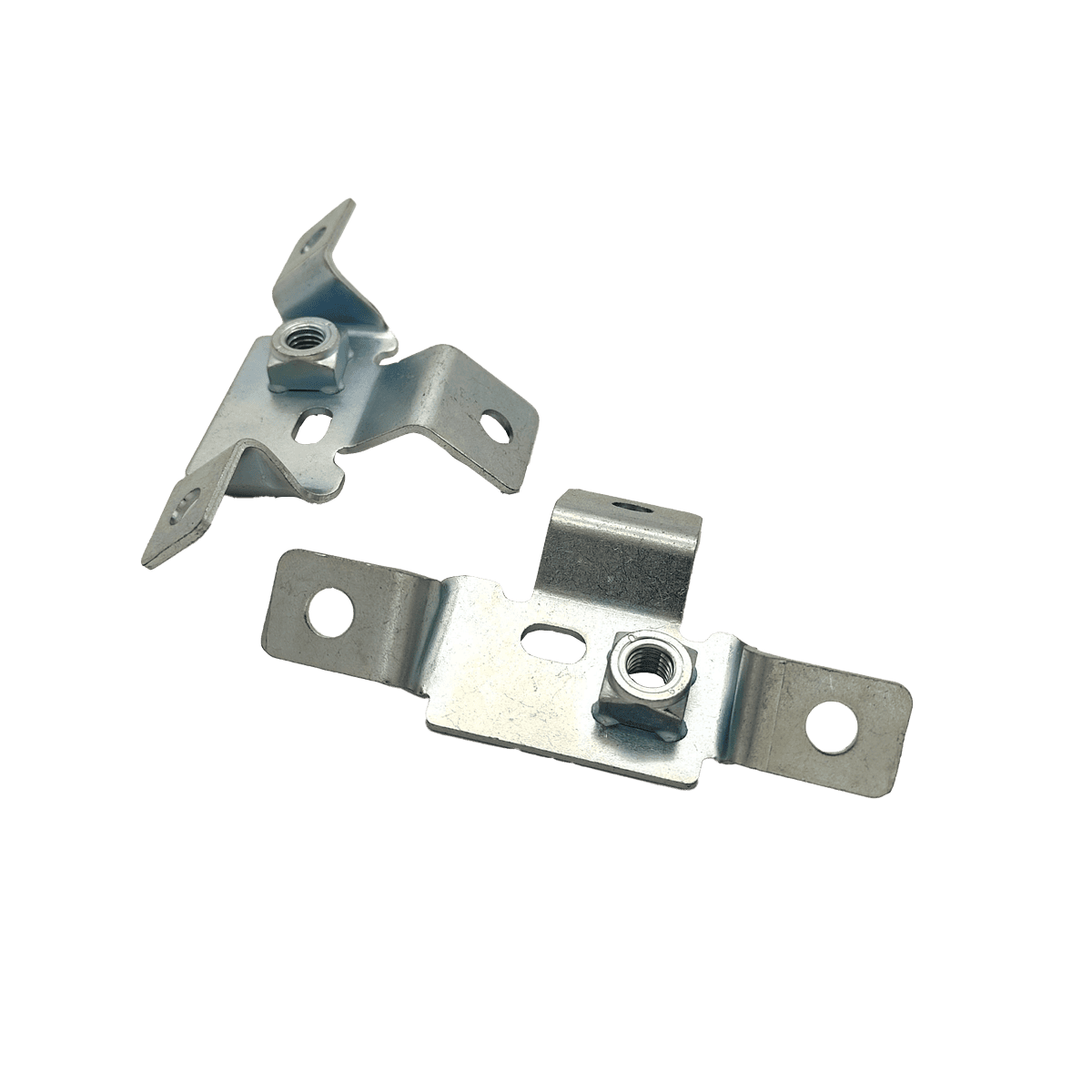
OEM: Volkswagen
Thickness: 4 mm
Annual production: 7.400
Surface treatment: Zinc
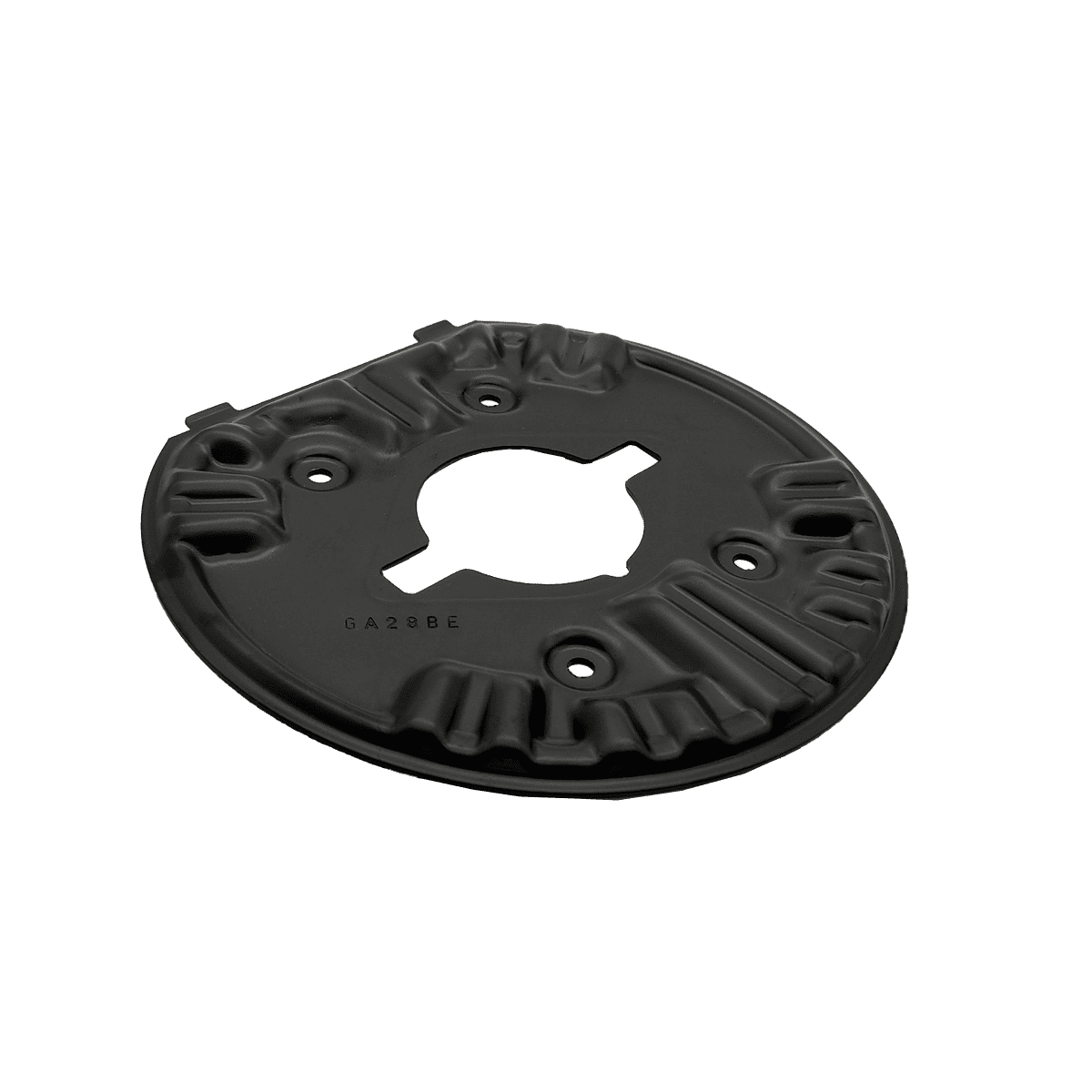
OEM: PSA
Material: DC01
Thickness: 1,5 mm
Anual production: 200.000
Surface treatment: Cataphoresis
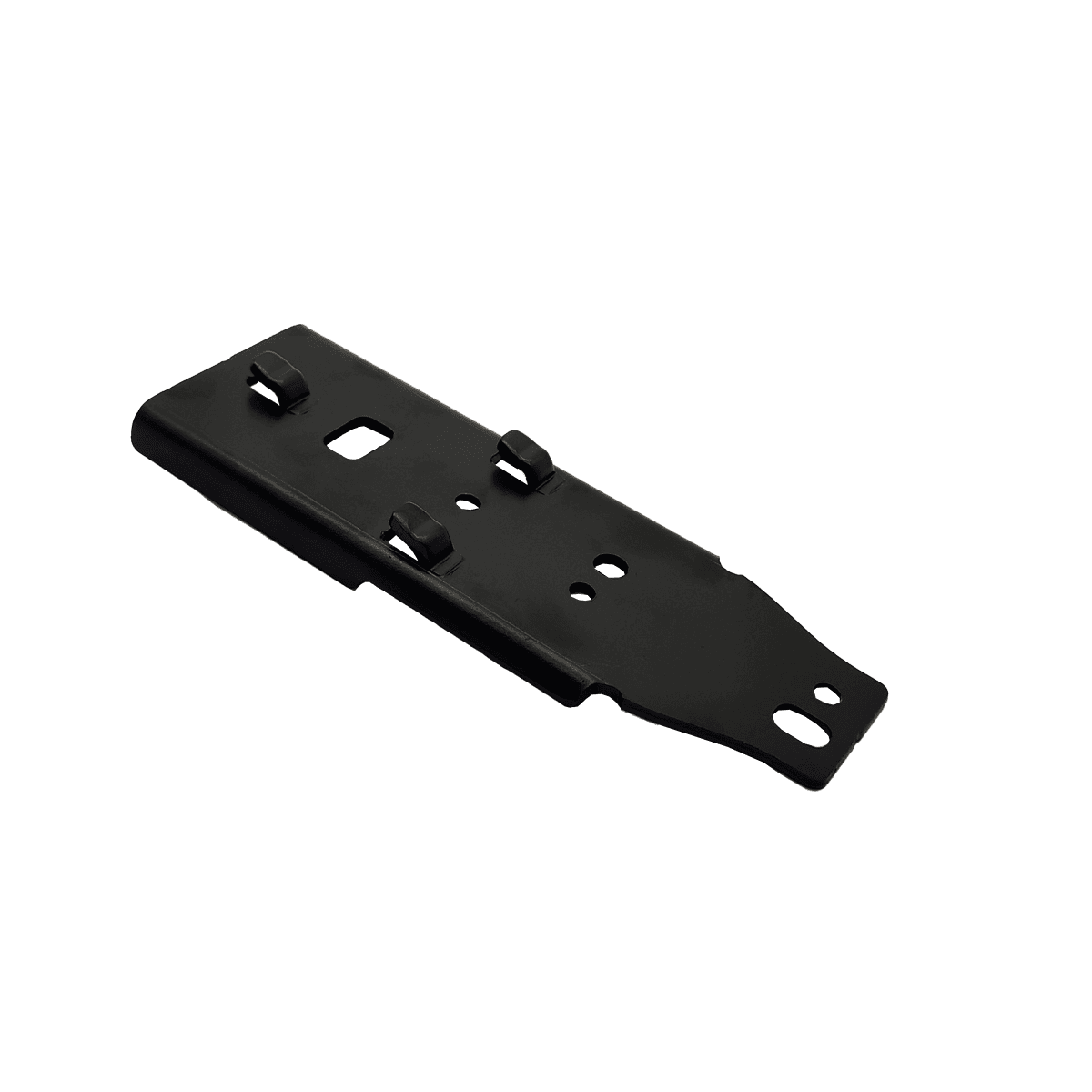
OEM: Renault
Material: DD13
Thickness: 3 mm
Annual production: 150.000
Surface treatment: Cataphoresis
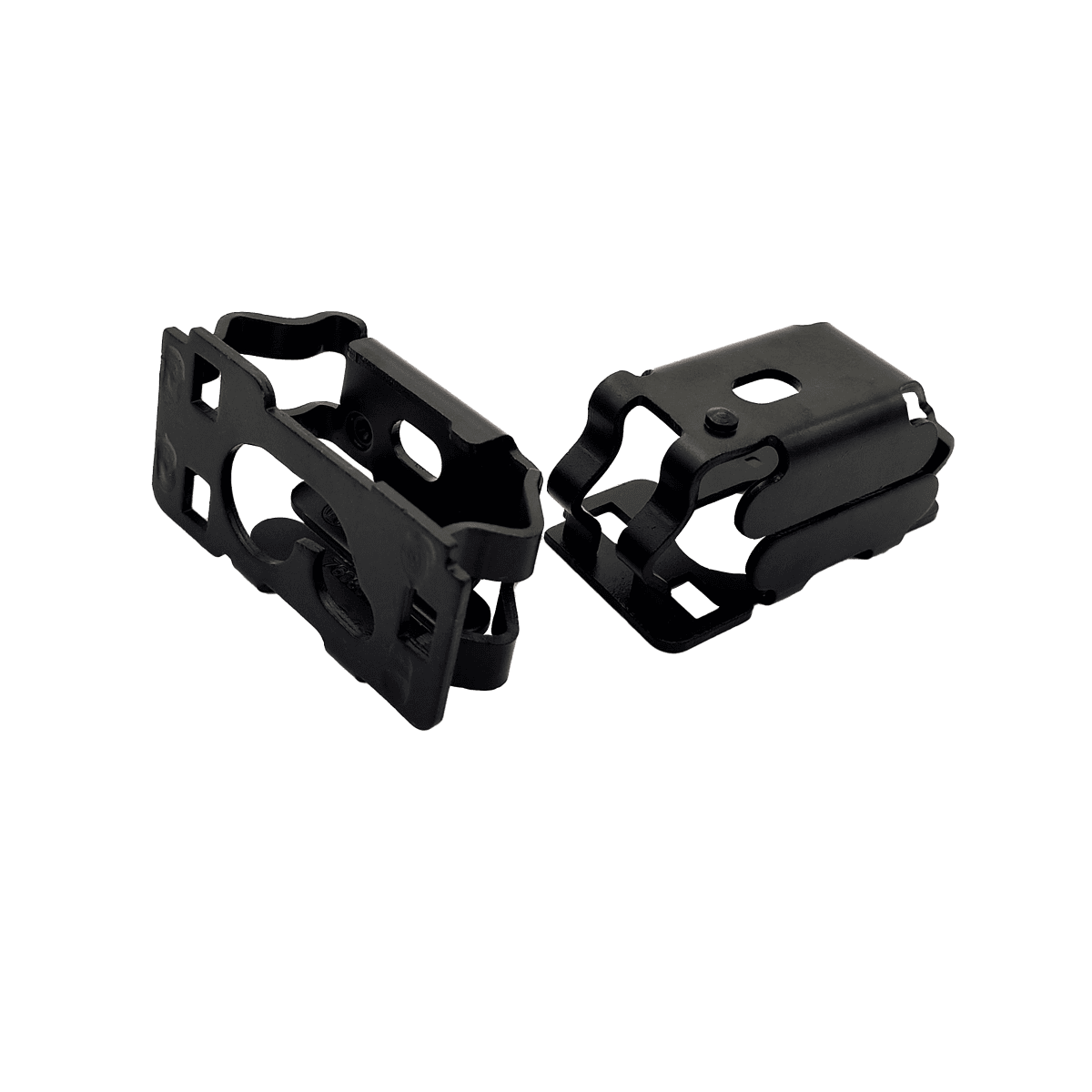
OEM: Volkswagen
Material: S420MC
Thickness: 2,5 mm
Annual production: 14.800
Surface treatment: Cataphoresis
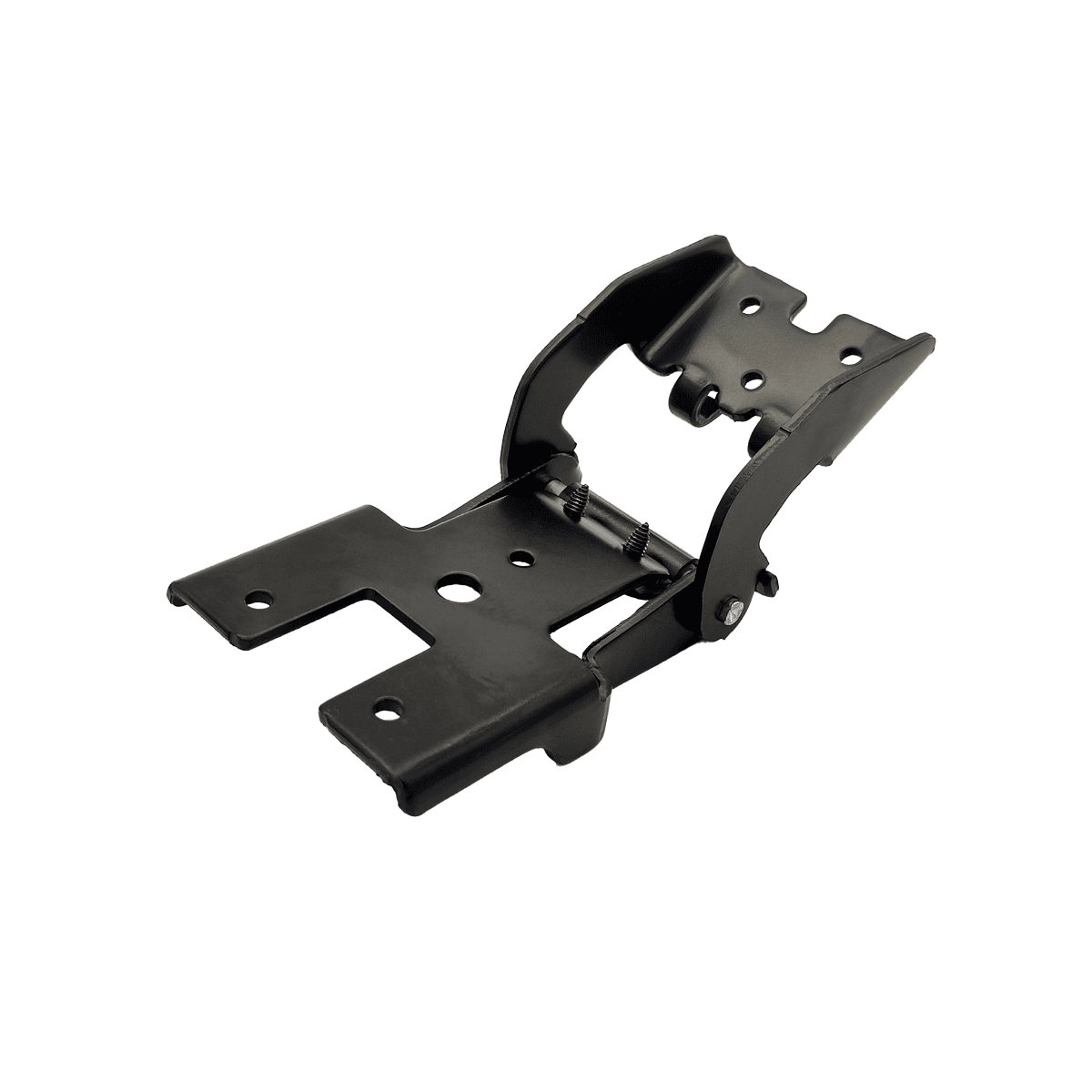
OEM: Renault
Material: DD13
Thickness: 3 mm
Annual production: 100.000
Surface treatment: Cataphoresis
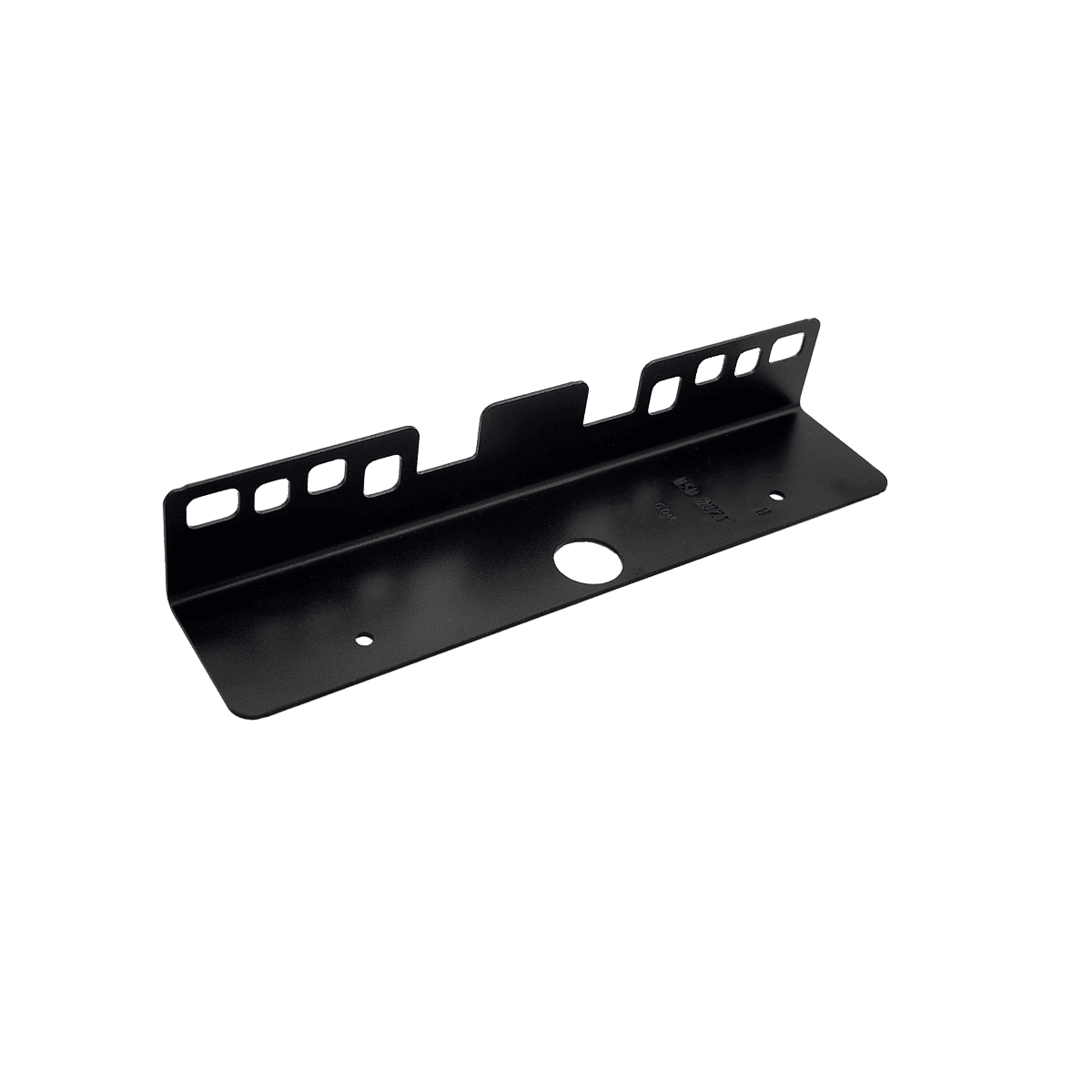
OEM: Renault
Material: HC42LA
Thickness: 1 mm
Annual production: 200.000
Surface treatment: Cataphoresis
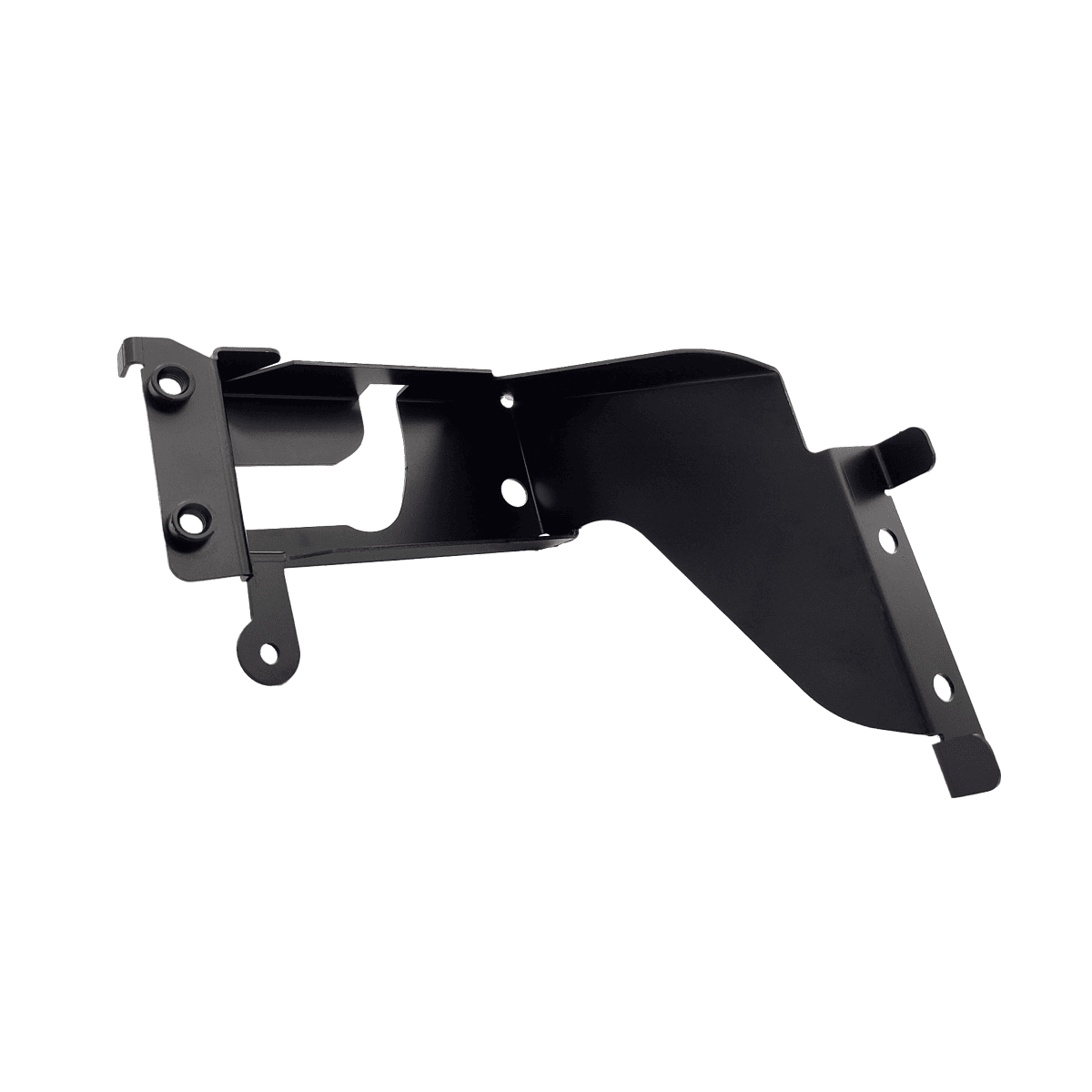
OEM: Renault trucks
Material: S420MC
Thickness: 1,5 mm
Annual production: 1.800
Surface treatment: Cataphoresis
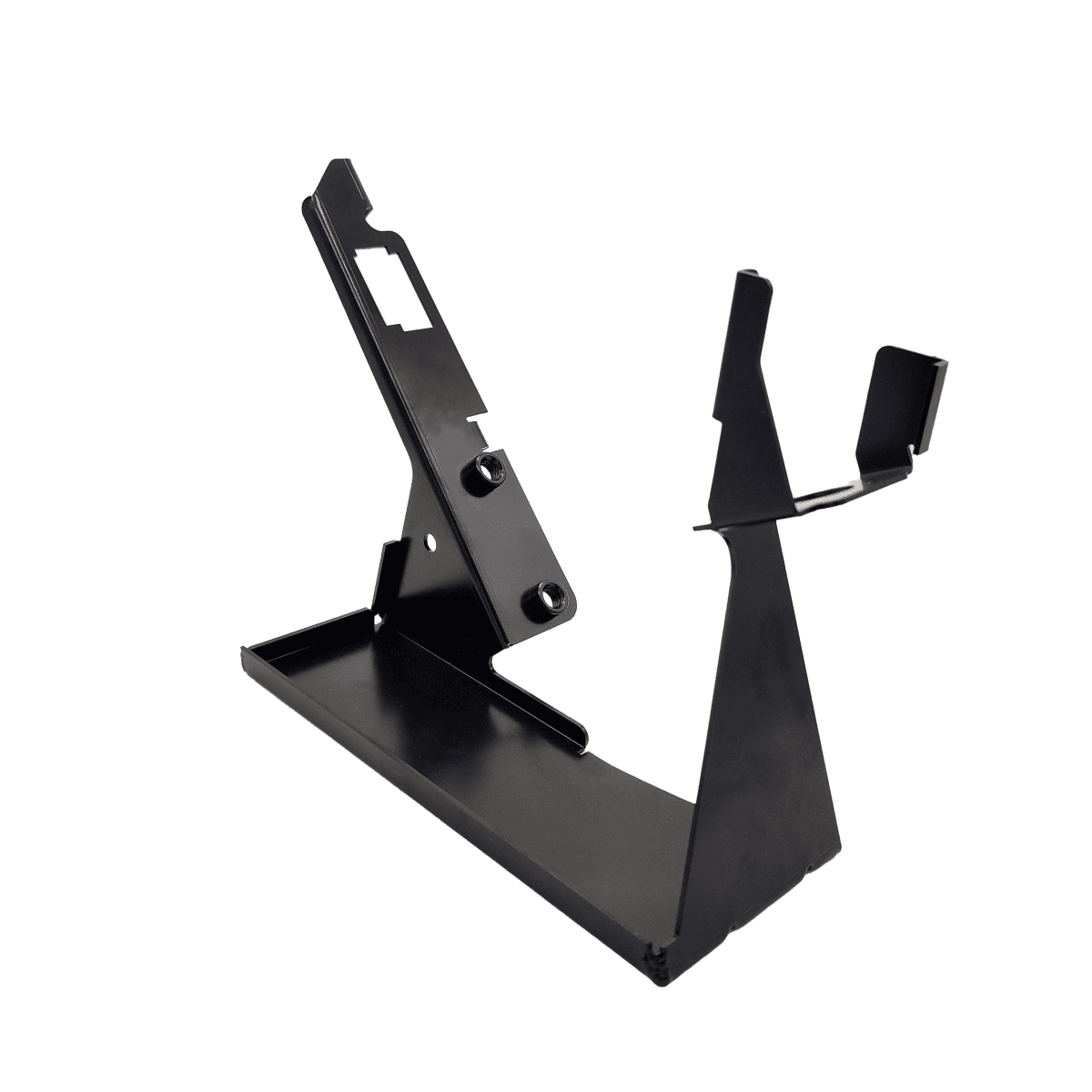
OEM: Renault trucks
Material: S420MC
Thickness: 1,5 mm
Annual production: 1.800
Surface treatment: Cataphoresis
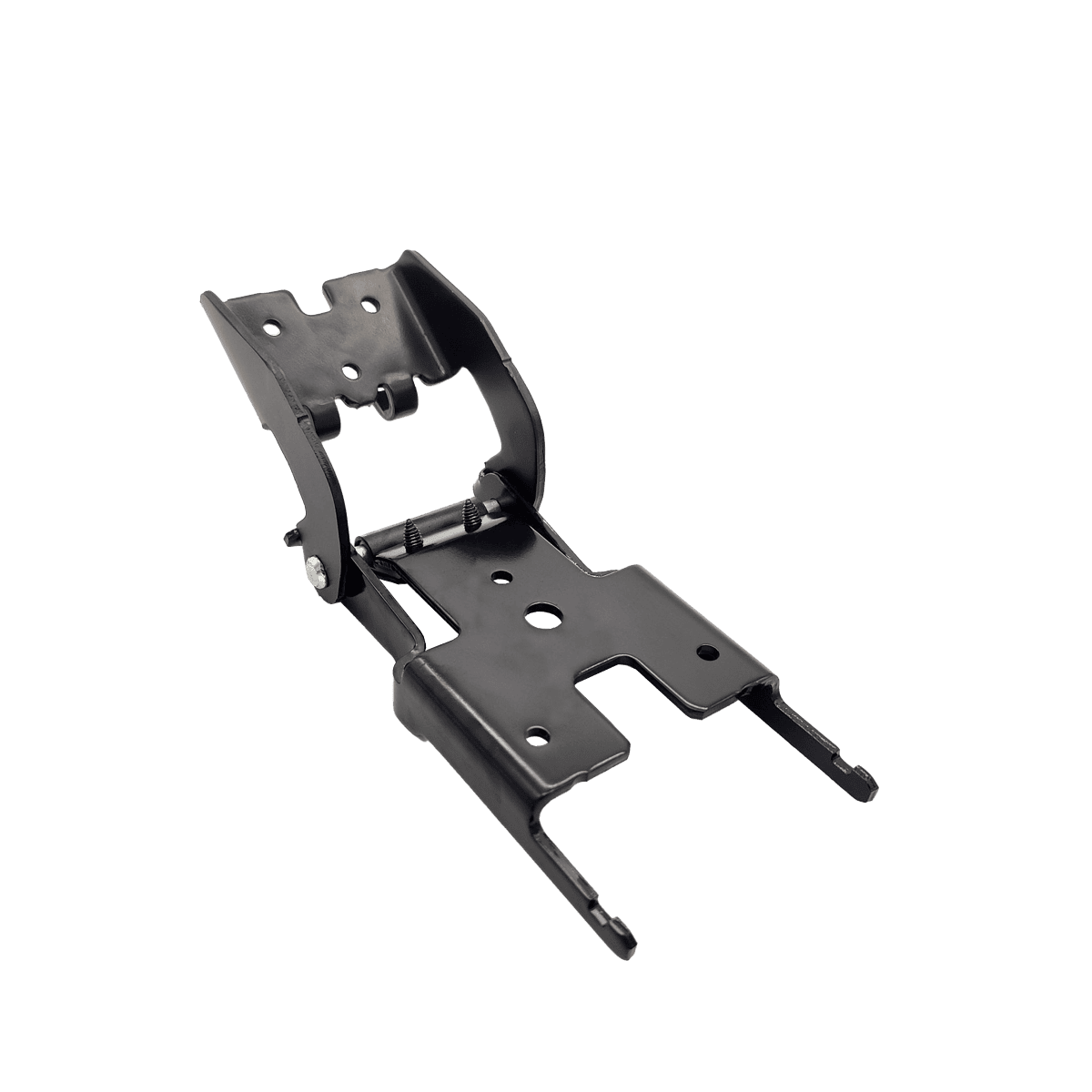
OEM: Renault
Material: DD13
Thickness: 3 mm
Annual production: 150.000
Surface treatment: Cataphoresis
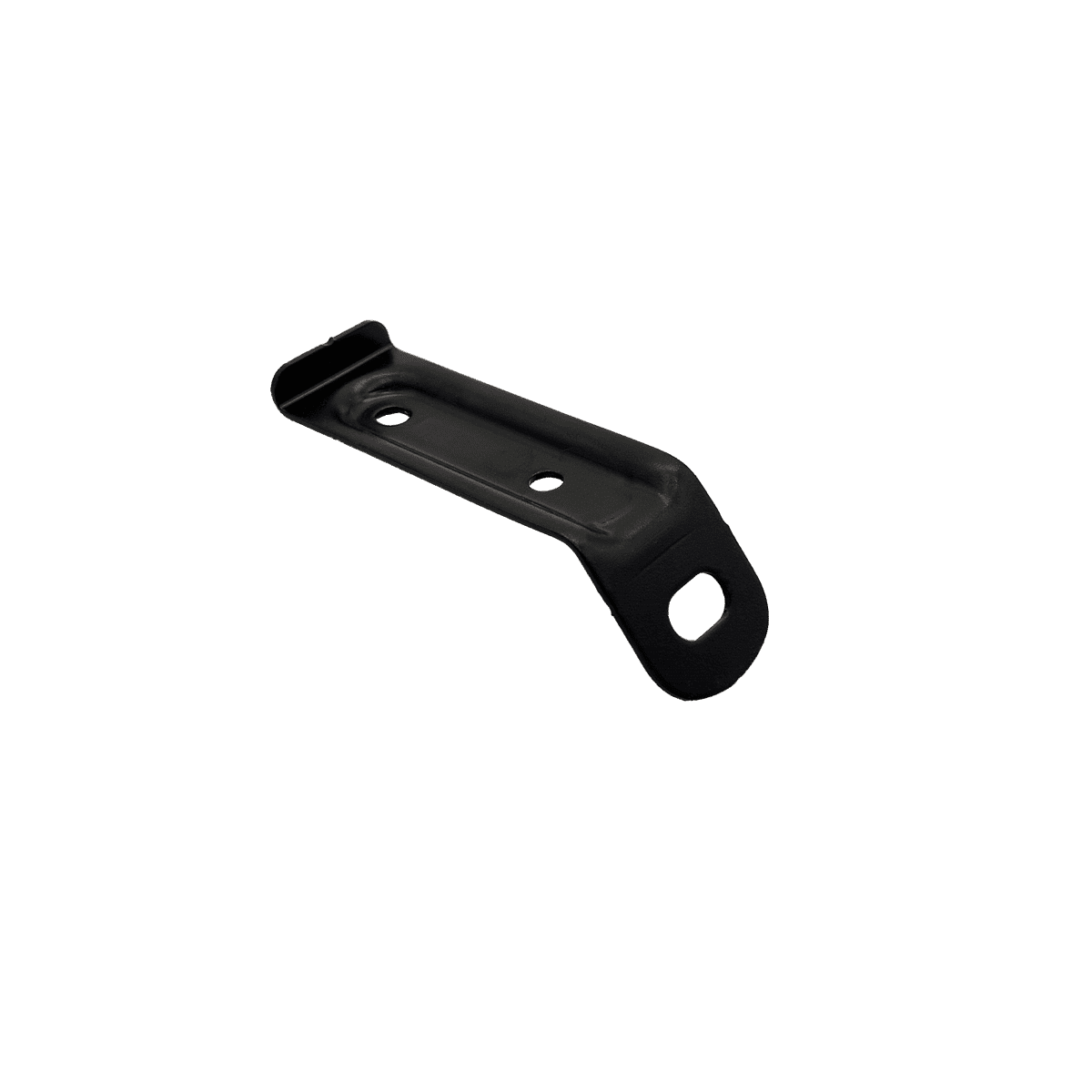
OEM: Daimler
Material: HC380LA
Thickness: 1,5 mm
Annual production: 200.000
Surface treatment: Cataphoresis
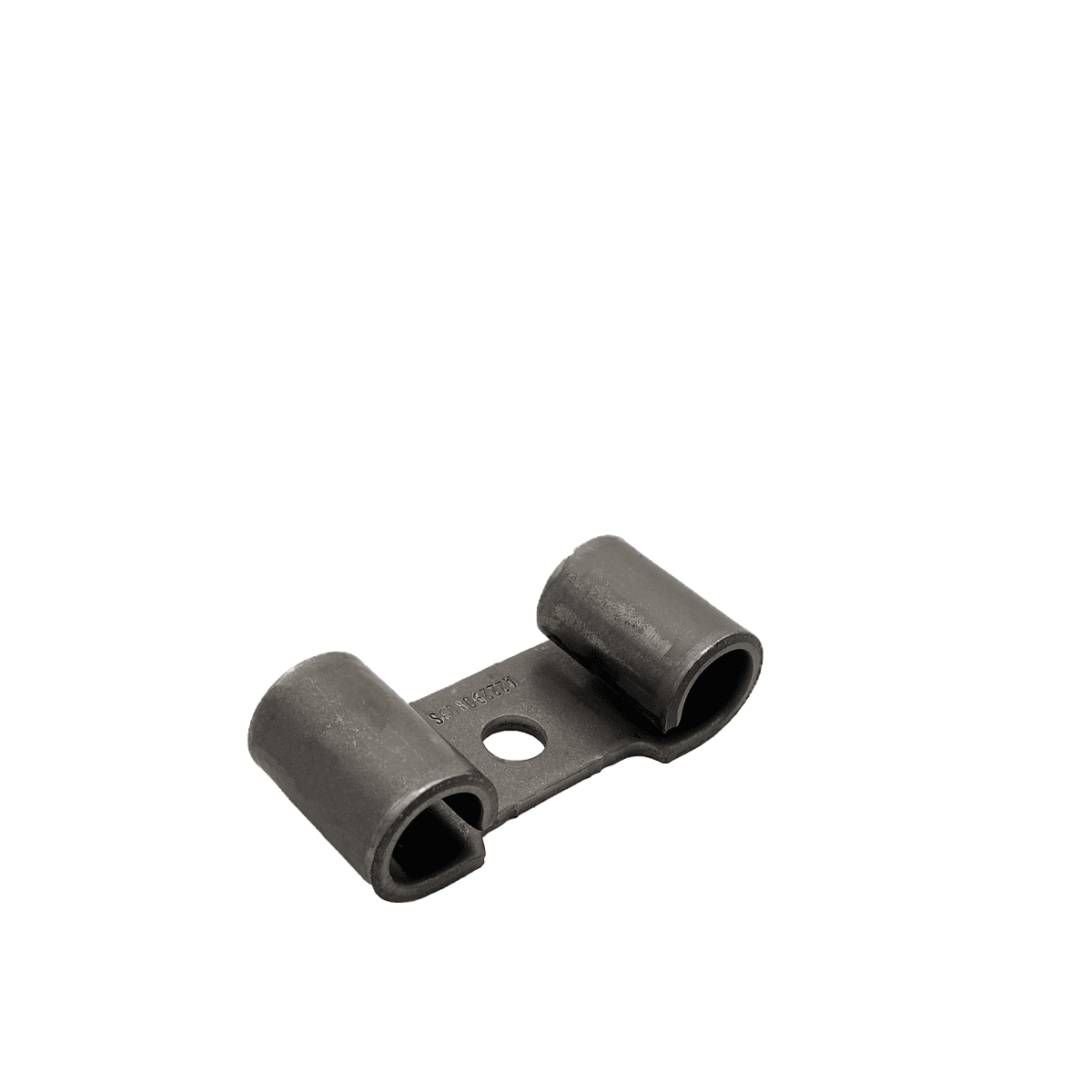
OEM: Volkswagen
Material: S355MC
Thickness: 4mm
Annual production: 1.100.000
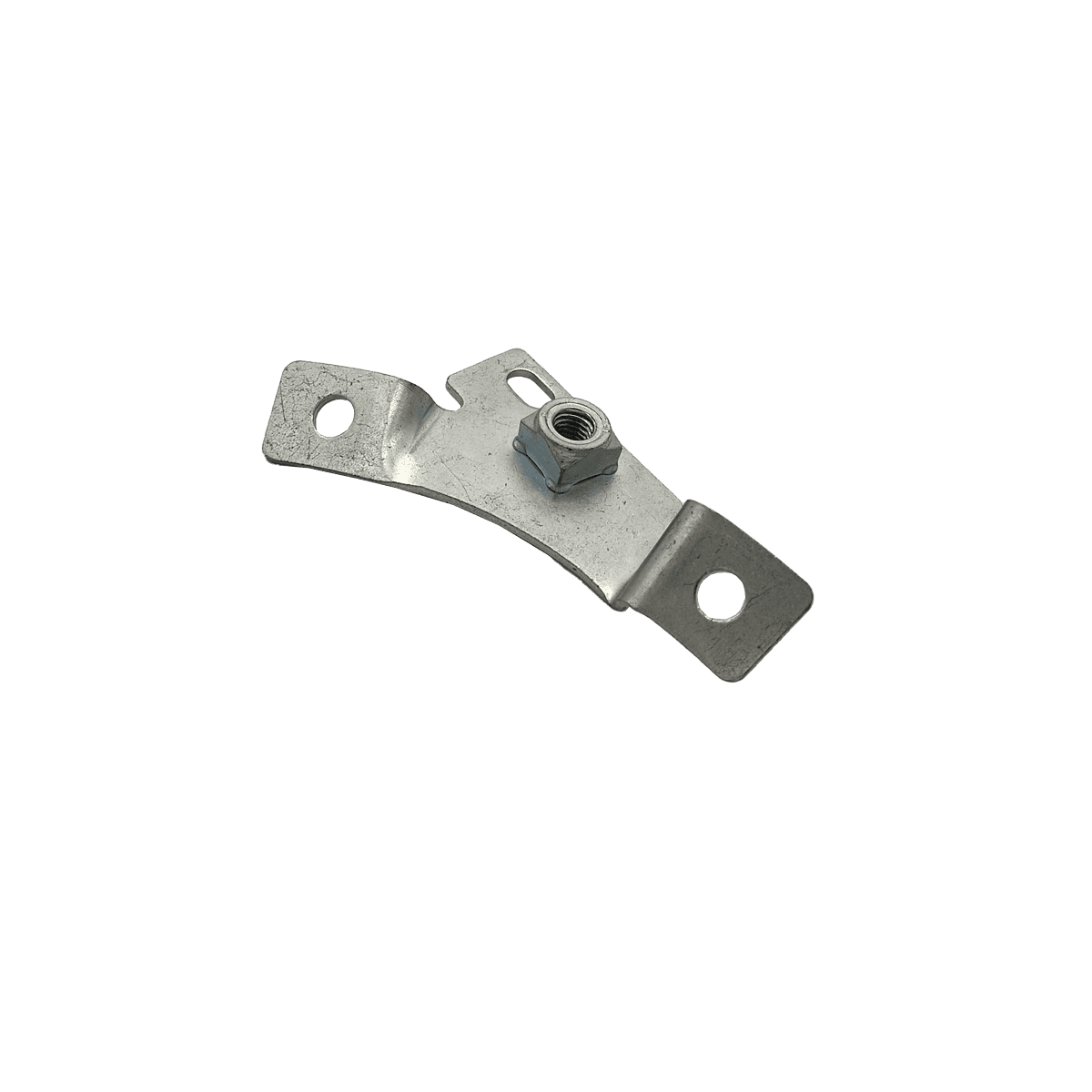
OEM: Volkswagen
Material: S420MC
Thickness: 2 mm
Annual production: 7.400
Surface treatment: Zinc
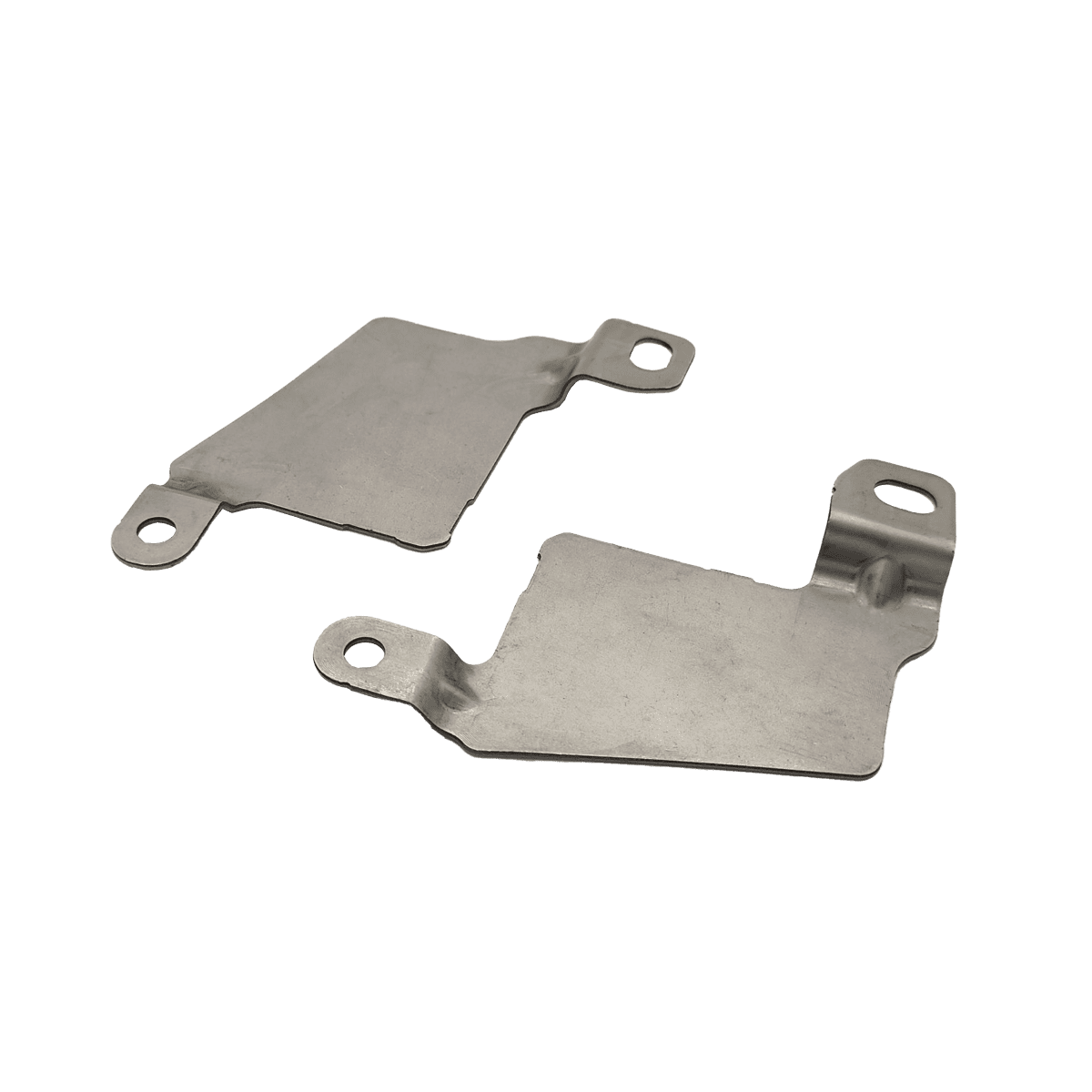
OEM: Volkswagen
Material: CR380LA
Thickness: 1,5 mm
Annual production: 300.000 (1+1)
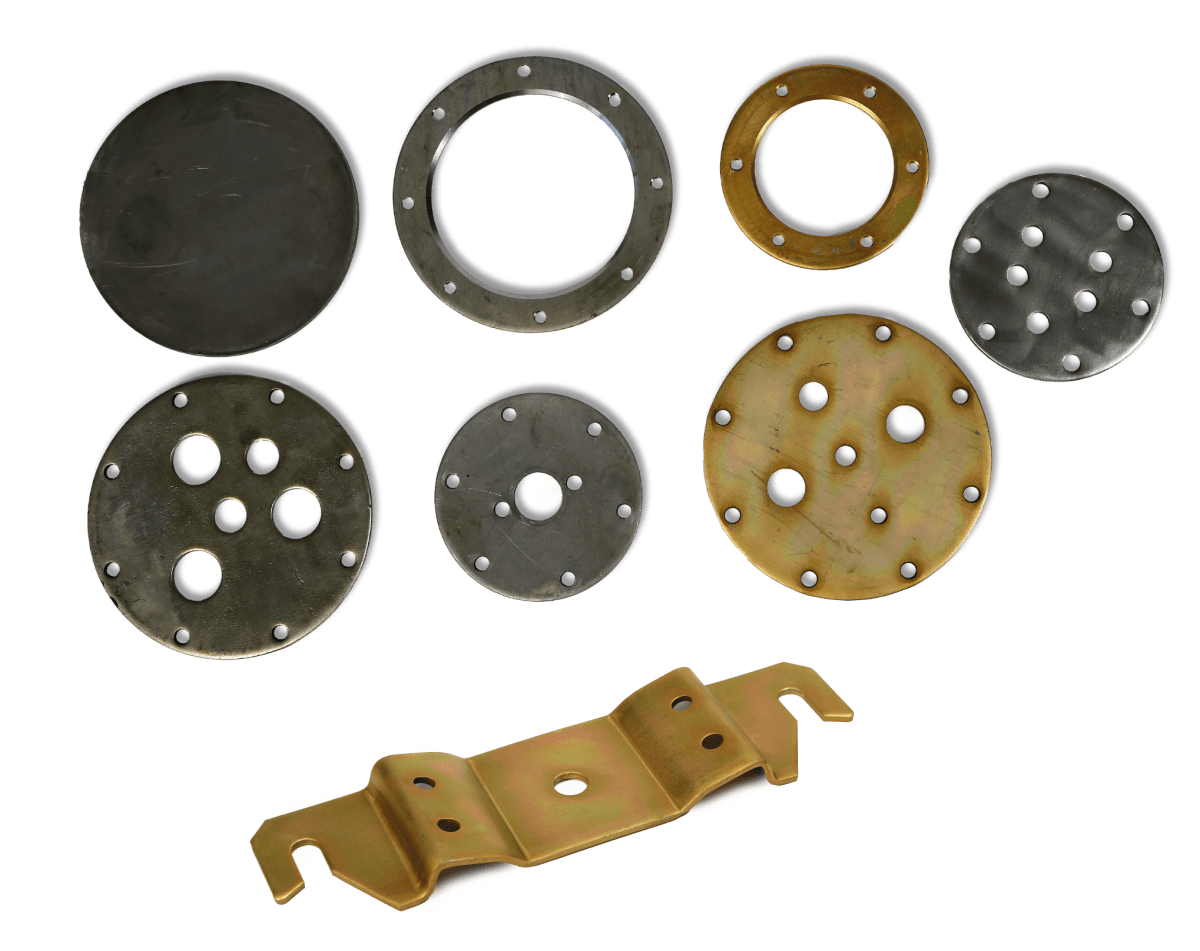
SIPEJMA
Material: Varios (S275JR, St 33, S185, P355N)
Thickness: 3 / 8 mm
Annual production: varios
Surface treatment: Zinc
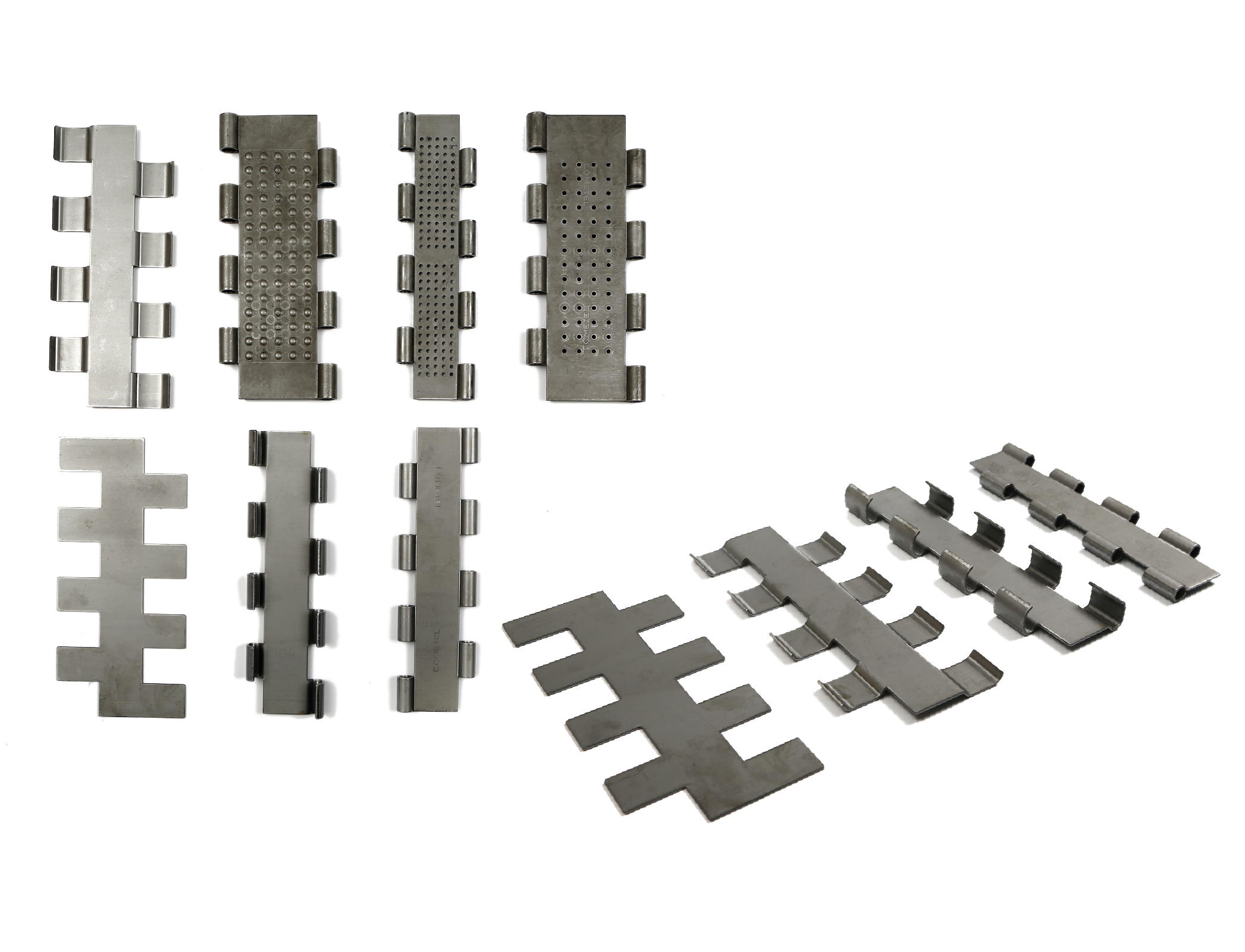
COMETEL
Material: Various (S275JR, DD11)
Thickness: 2 / 6 mm
Annual production: Various
Surface treatment: N/A
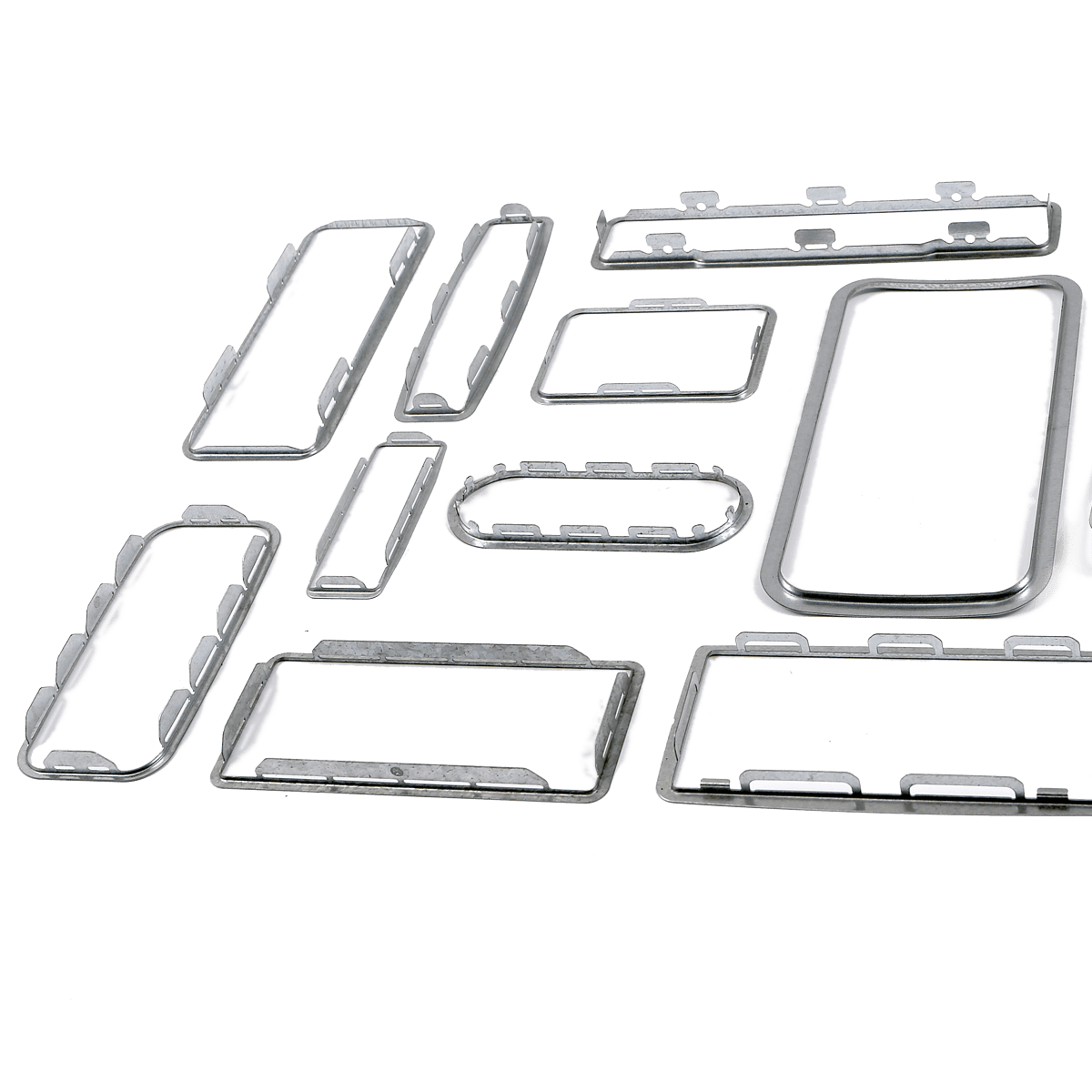
OEM: Ford, Volkswagen, Audi...
Material: Various (DX51D, DX52D)
Thickness: 0,5 / 0,7 mm
Annual production: Various
Surface treatment: Zinc
Discover our Advanced Metal Stamping Solutions
We help you create high-quality, precision metal parts tailored to your needs and budget. Download our portfolio of services and solutions and discover everything we can offer.
